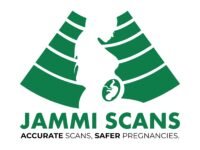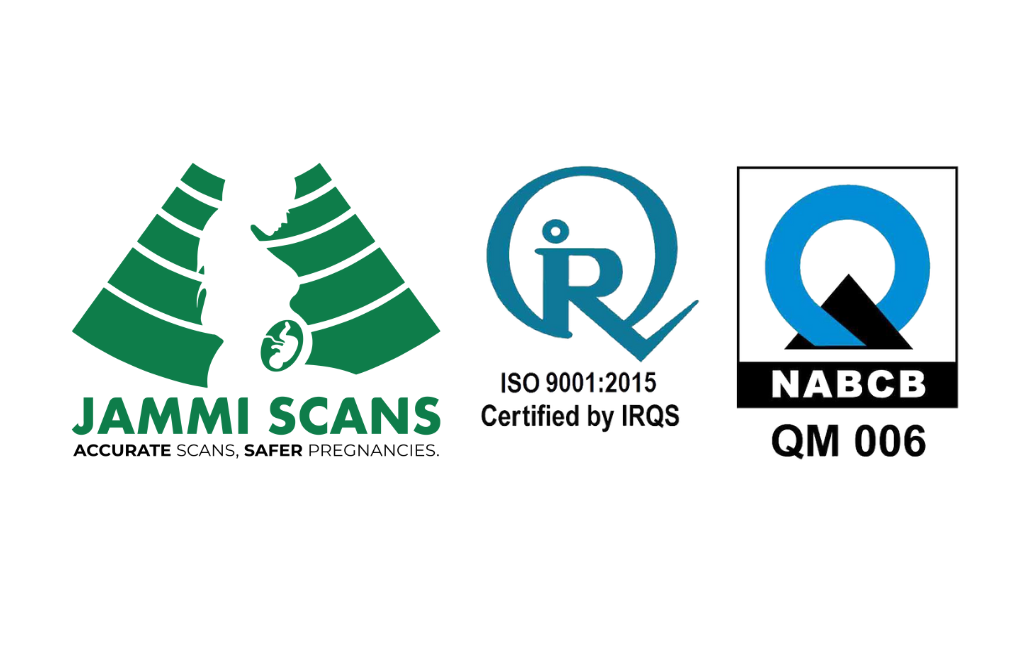Table of Contents
ToggleWhen Is NT Scan Performed?
NT Scan During Pregnancy:
NT Scan is typically performed during the first trimester, which is the first three months of pregnancy, or between the 11 and 13th week of pregnancy.
What Are Some Of The Chromosomal Abnormalities?
In this NT scan video, Dr. Deepthi answers this commonly asked question by mentioning that Down syndrome, Patau syndrome, and Edwards syndrome are some of the most prevalent chromosomal disorders. And that they are frequently caused by the fetus’s extra chromosomes.
How Do Chromosomes Affect The Fetus?
Typically babies have 23 pairs of chromosomes which amounts to 46 chromosomes. An extra chromosome in any pair results in an abnormality.
Down syndrome is caused by an extra chromosome in the 21st pair, which can cause mild to moderate intellectual deficits in varying degrees as well as birth defects such as heart or kidney issues.
About 40% of kids with Down syndrome do not show any anatomical malformations in the scan.
If there is an extra chromosome in the 18th pair, this results in Edwards syndrome these babies display severe intellectual disabilities along with growth restrictions, which results in low birth weight, these babies also have an abnormally small head and birth defects, which are usually life-threatening.
An extra chromosome in the thirteenth pair usually results in Patau syndrome.
These babies also exhibit severe physical malformations and intellectual disabilities, which are life-threatening and unfortunately do not survive beyond

How Is The NT Scan Test Performed?
Along with the ultrasound, or NT Scan, which is often done between weeks eleven and thirteen of pregnancy, the blood tests are checked. The NT scan stands for nuchal translucency scan.
Here the fetal medicine specialist examines the thickness of the skin at the base of the neck and nasal bone of the fetus to estimate the risk of Down syndrome. This gauges the amount of fluid that is present beneath the skin of the baby’s head and neck.
All newborns have some fluid over here, which is measured as nuchal translucency. The patient is more likely to have Down syndrome if there is an increased fluid level along the neck and nasal bone.
This nuchal translucency measurement is taken along the nasal bone, as the patient is at higher risk for Down syndrome. This nuchal translucency measurement is done along with the blood test, and the mother’s age and the gestational age are also taken into consideration to obtain the risk of Down syndrome.
If the risk is one in two hundred and fifty or more, a confirmatory screening will be recommended.
How Is A Confirmatory Test Performed?
There are two approaches to performing a confirmatory test. Both invasive and non-invasive testing options are possible.
One method of invasive testing is chorionic villus sampling, which is performed between eleven and thirteen weeks of gestation and involves sending a little sample of the mother’s placenta’s chorionic villus to a lab for analysis.
The second choice is an amniocentesis technique, which is typically advised when the gestational age is greater than 16 weeks. This treatment entails removing the amniotic fluid around the fetus and sending it to a lab for chromosomal abnormalities testing on the fetal cells.
The non-invasive test is called the NIPT test or the non-invasive prenatal test, it is usually performed by taking 20 ml of the mother’s blood and sending it to the lab for testing fetal cells which usually exhibit chromosomal disorders in the second trimester. The second trimester is between sixteen to twenty weeks of pregnancy.
Who Is Eligible For NIPT Screening?
A second-trimester screening is typically scheduled for patients who missed their first-trimester test. However, compared to first-trimester screening, their sensitivity to prenatal screening during the second trimester is lower.
Ultrasonography is used in the second trimester to rule out any significant structural defects in the unborn child before the blood test is carried out.
A triple or quadruple test is one in which three or four elements are examined while the mother’s blood is drawn for testing.
What is a Triple Bar Quadruple test?
The triple test involves Alpha-Fetoprotein (AFP), Human Chorionic Gonadotropin which is also called the HCG Estriol (uE3), and the fourth factor which is called Inhibin A is added to the blood test is called a quadruple screening test.Can Structural Malformations Be Found With The Blood Test?
No, structural defects in the infant cannot be examined with a blood test; instead, an ultrasound will be done to ascertain the same before extracting blood from the mother.
What is the normal range of NT at 13 weeks?
A nuchal Translucency scan is done between 11 and 14 weeks of gestation. The measurement of nuchal translucency rises with gestational age which is the period from conception to delivery of the baby.
The normal limits fall from 1.6 mm-2.4 mm. However, at the period of 13 weeks of gestation, the NT might reach 2.8mm-3mm. These values are considered to be at a lower level of risk.
Does The Blood Test Give Guaranteed Results?
A low risk of Down syndrome found by the blood test does not guarantee that the baby won’t be born with the disorder.
Additionally, there are screening tests and invasive procedures like chorionic villus collection and amniocentesis to confirm chromosomal problems even if the blood test results show a high prevalence of Down syndrome.
Final Takeaways:
A blood test and an NT scan are performed during the first trimester, which lasts for the first three months of pregnancy, between weeks eleven and thirteen.
A karyotype, which is a representation of the baby’s chromosomal makeup, is produced by the blood test. the NT measurement coupled with the patient’s age and the date of pregnancy is used to calculate the risk of chromosomal abnormalities.
The second trimester of pregnancy lasts from 16 to 20 weeks. During this time, an anomaly scan and a blood test known as triple or quadruple screening are done to rule out structural malformations in the fetus.
We hope our NT scan video provided you with a detailed and comprehensive answer to some of your questions. You can always talk to your doctor to know more.
Deepthi
Dr. Deepthi Jammi (Director, Jammi Scans) is a qualified OB/GYN and Post-Doc in Maternal Fetal Medicine. As a pregnancy ultrasound expert, she is passionate about healthy pregnancies and works towards spreading awareness on the latest diagnostic options available for parents to choose from. Dr.Deepthi has received gold medals and awards in Fetal Medicine at international and national conferences, and has appeared in numerous prestigious regional magazines and TV interviews.





